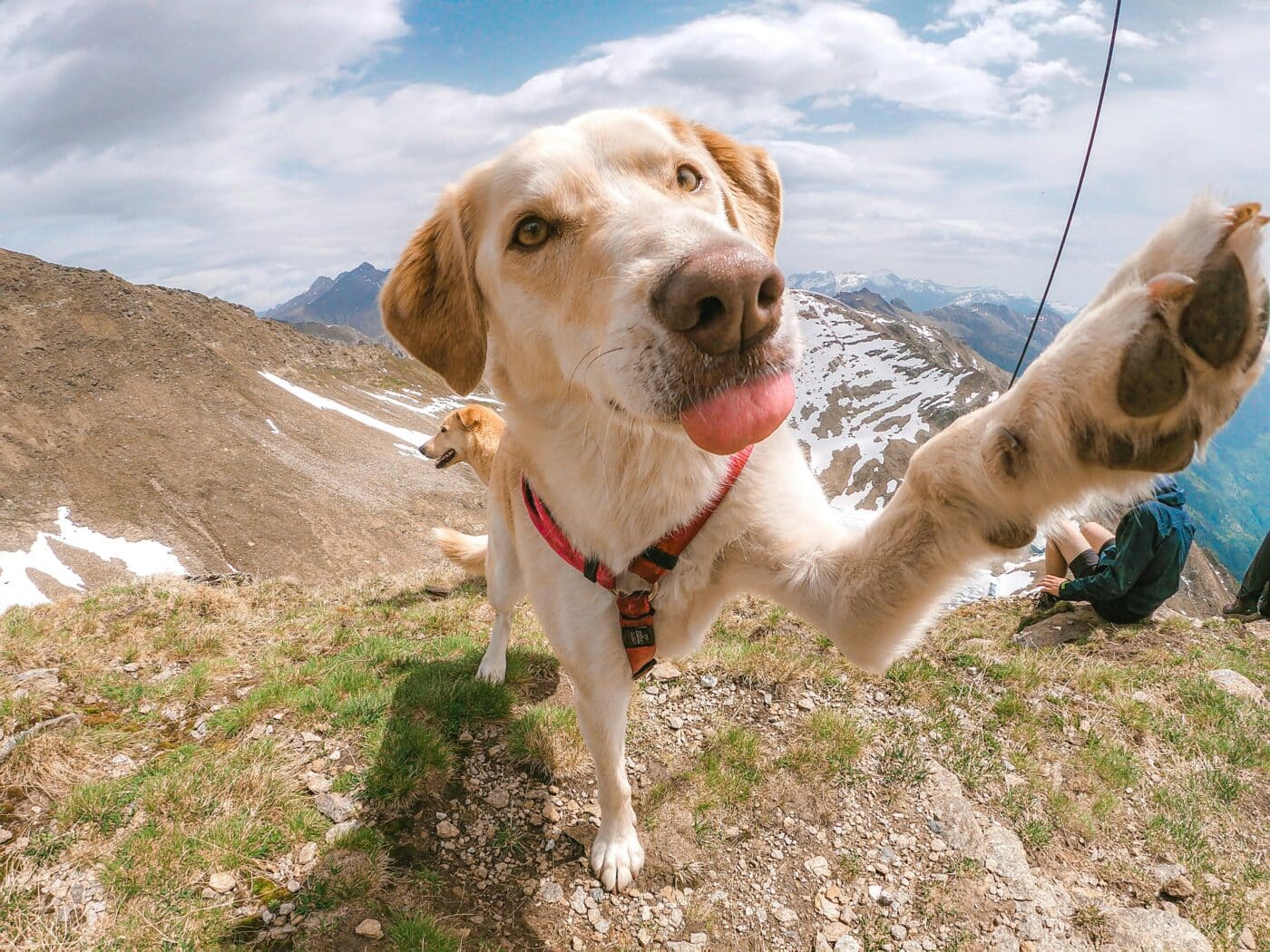 Shutterstock
Shutterstock
Dogs are known for their unique personalities, preferences, and quirks. While many dogs happily splash in puddles or dive into pools, others dislike getting their paws wet. This aversion can be frustrating for pet owners, especially regarding baths, rain walks, or beach trips. Understanding why some dogs hate having their paws wet involves exploring both physical and psychological factors. By delving into these reasons, pet owners can better empathize with their dogs and find ways to help them overcome this discomfort.
Sensitivity to Cold
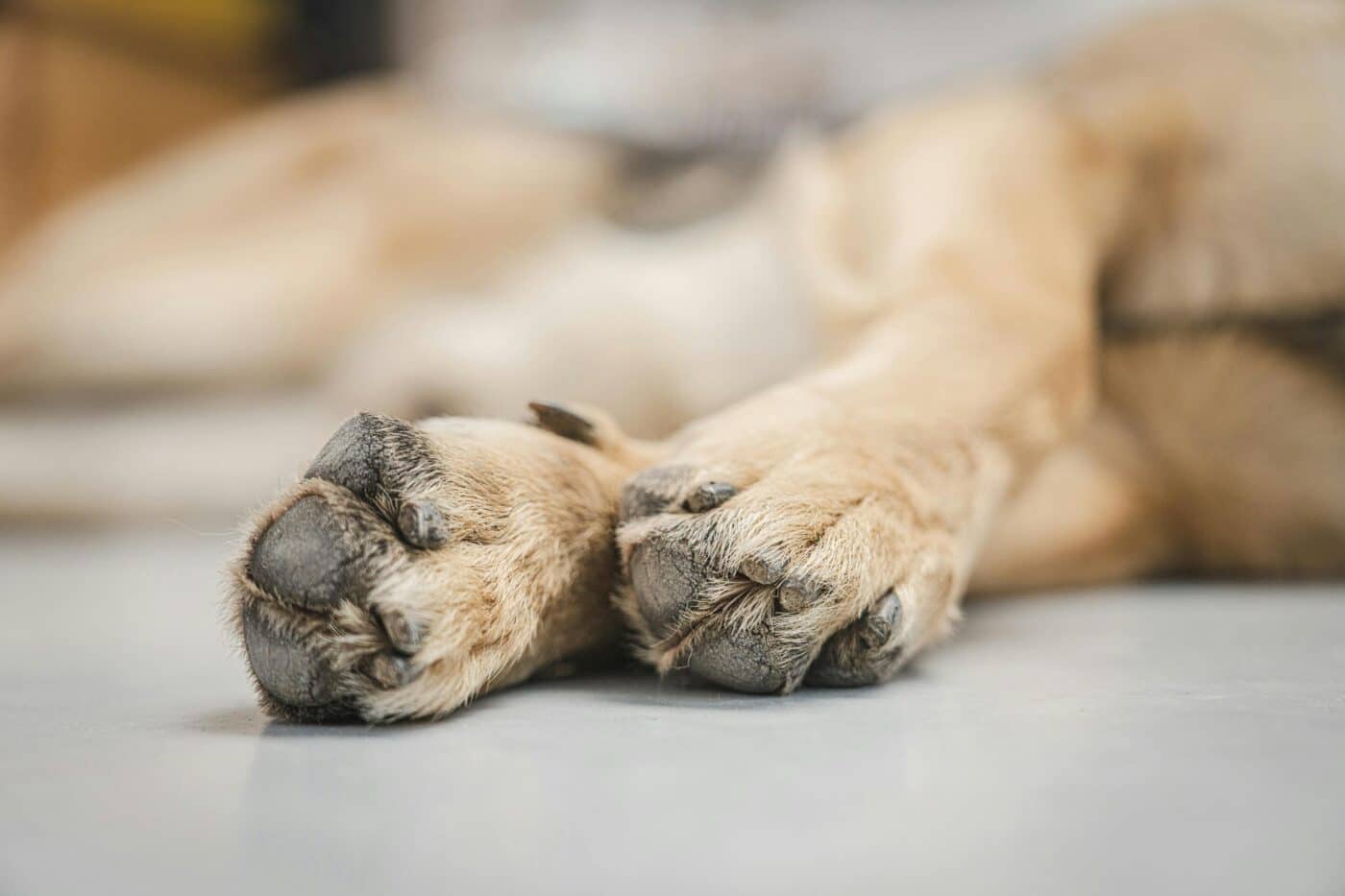 Shutterstock
Shutterstock
One of the most common reasons dogs hate getting their paws wet is sensitivity to cold. Water, especially in colder temperatures, can cause a sudden drop in body temperature, making dogs feel uncomfortable or even chilled. The pads on a dog’s paws are particularly sensitive to cold, and stepping into cold water can be an unpleasant shock. For some dogs, especially those with short hair or thin coats, cold, wet paws can lead to feelings of vulnerability and discomfort.
Lack of Traction on Wet Surfaces
 Shutterstock
Shutterstock
Wet surfaces can be slippery, and many dogs feel unstable when walking on them. This lack of traction can make dogs anxious about getting their paws wet, as they may associate wet surfaces with slipping or falling. Dogs that have had a bad experience with slipping on a wet surface may develop an aversion to getting their paws wet in the future. This fear of losing their footing can cause them to avoid wet areas, especially smooth, hard surfaces like tile or concrete.
Discomfort with Foreign Sensations
 Shutterstock
Shutterstock
Dogs are creatures of habit, and they often prefer familiar textures and sensations underfoot. Wetness on their paws introduces an unfamiliar feeling that some dogs find uncomfortable or unsettling. The sensation of water soaking into their paw pads can be distressing for dogs that are more sensitive to touch. For these dogs, getting their paws wet can feel strange and unpleasant, prompting them to avoid water whenever possible.
Negative Past Experiences
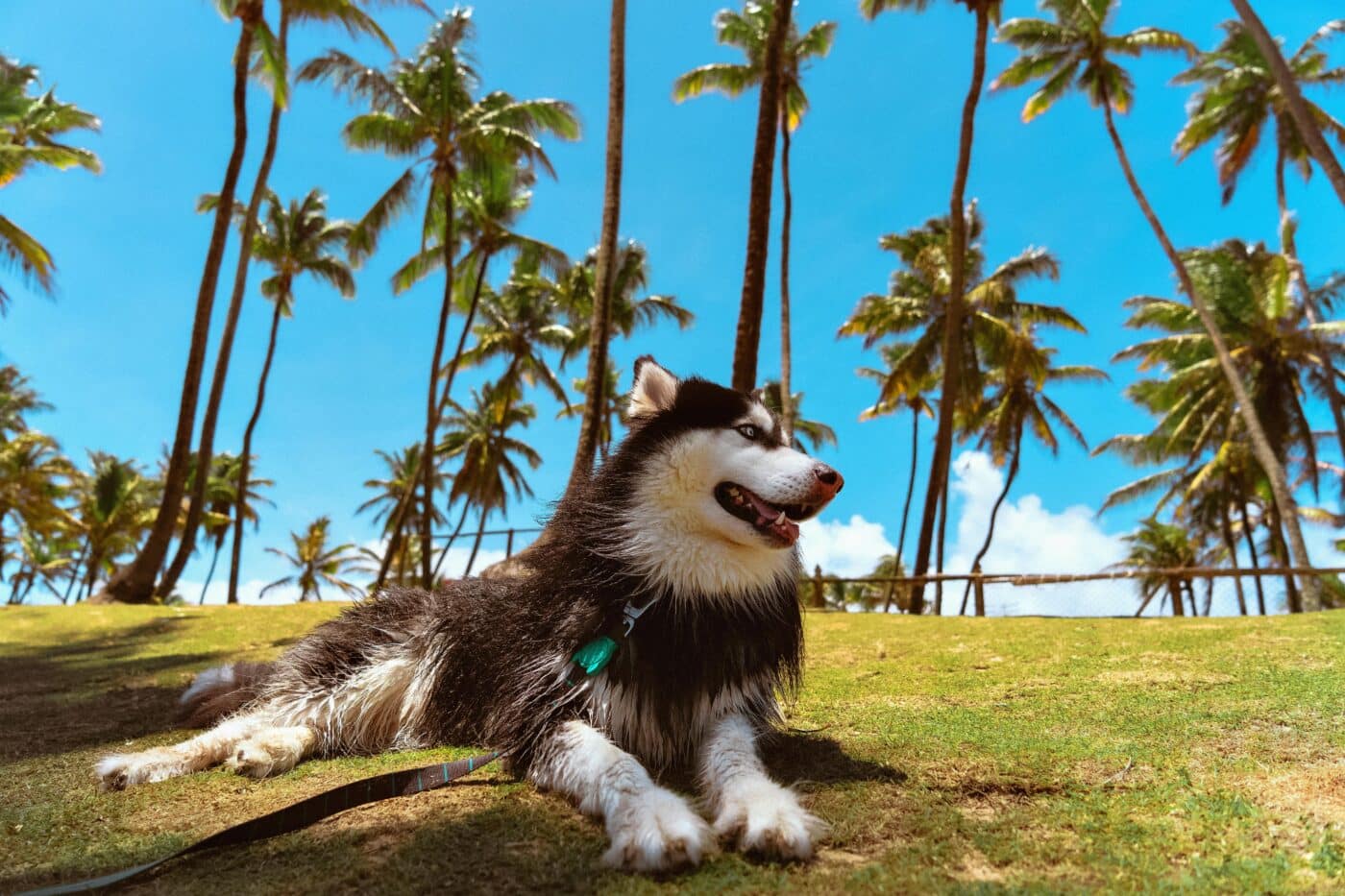 Shutterstock
Shutterstock
A single bad experience with water can lead to a long-lasting fear of wet paws. If a dog has slipped, fallen, or been frightened by water in the past, they may develop an aversion to getting their paws wet. This is especially true for dogs that have experienced trauma or punishment associated with water. Dogs with strong associative memories may remember these negative experiences and become anxious or fearful when faced with similar situations in the future.
Breed Tendencies
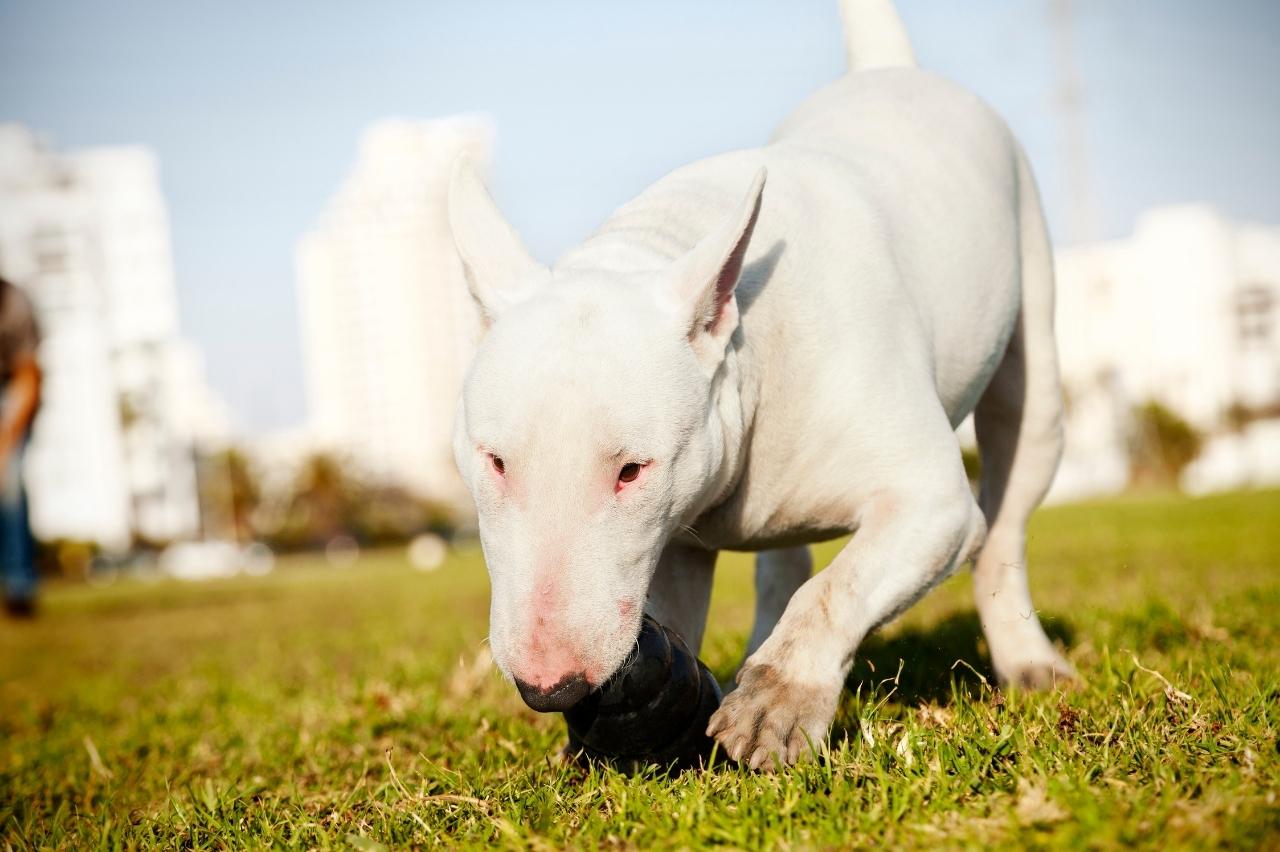 Shutterstock
Shutterstock
Some dog breeds are naturally more water-averse than others. Breeds that were not historically bred for water-related tasks, such as terriers or herding dogs, may have little affinity for water and may actively avoid getting their paws wet. On the other hand, water-loving breeds like retrievers and spaniels are more likely to enjoy getting wet. Breed tendencies can influence how a dog reacts to water, with some dogs naturally disliking the feeling of wet paws due to their genetic background.
Aversion to Bathing
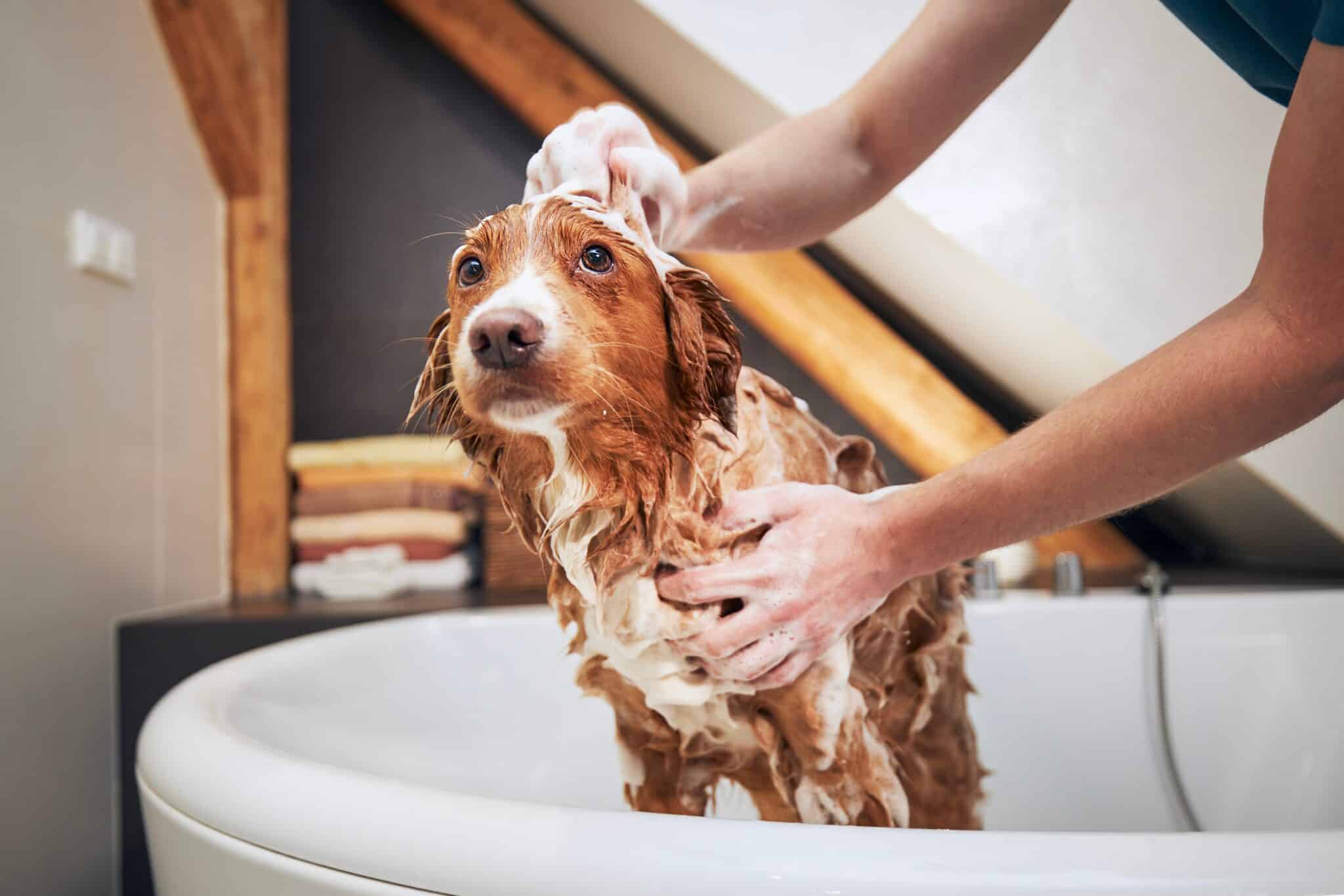 Shutterstock
Shutterstock
Many dogs dislike baths, and their aversion to water during bath time can extend to getting their paws wet in other situations. Bathing often involves being confined to a small space, enduring uncomfortable sensations like soap and water, and experiencing anxiety related to the process. Dogs with negative experiences during baths may generalize this fear to any situation where they get wet, including walking on wet surfaces or stepping in puddles.
Anxiety About Rain or Thunderstorms
 Shutterstock
Shutterstock
Dogs that are afraid of rain or thunderstorms may also dislike getting their paws wet. Rain often comes with other sensory triggers, such as loud thunder, strong winds, and sudden environmental changes, which can cause anxiety in some dogs. For dogs that are already anxious about storms, wet paws may serve as a reminder of the stressful situation, reinforcing their aversion to water. Helping dogs feel more comfortable during storms can reduce their reluctance to walk in wet conditions.
Protective Instincts
 Shutterstock
Shutterstock
Dogs instinctively protect their bodies, and some may be more sensitive to keeping their paws dry to prevent injury or discomfort. A dog’s paws are essential for mobility, and getting them wet can make one feel vulnerable. Wet paws can lead to slipping, coldness, or even injury in extreme conditions, so a dog’s natural protective instincts may cause them to avoid water as a way to safeguard their health and mobility.
Dislike of Mud or Dirt
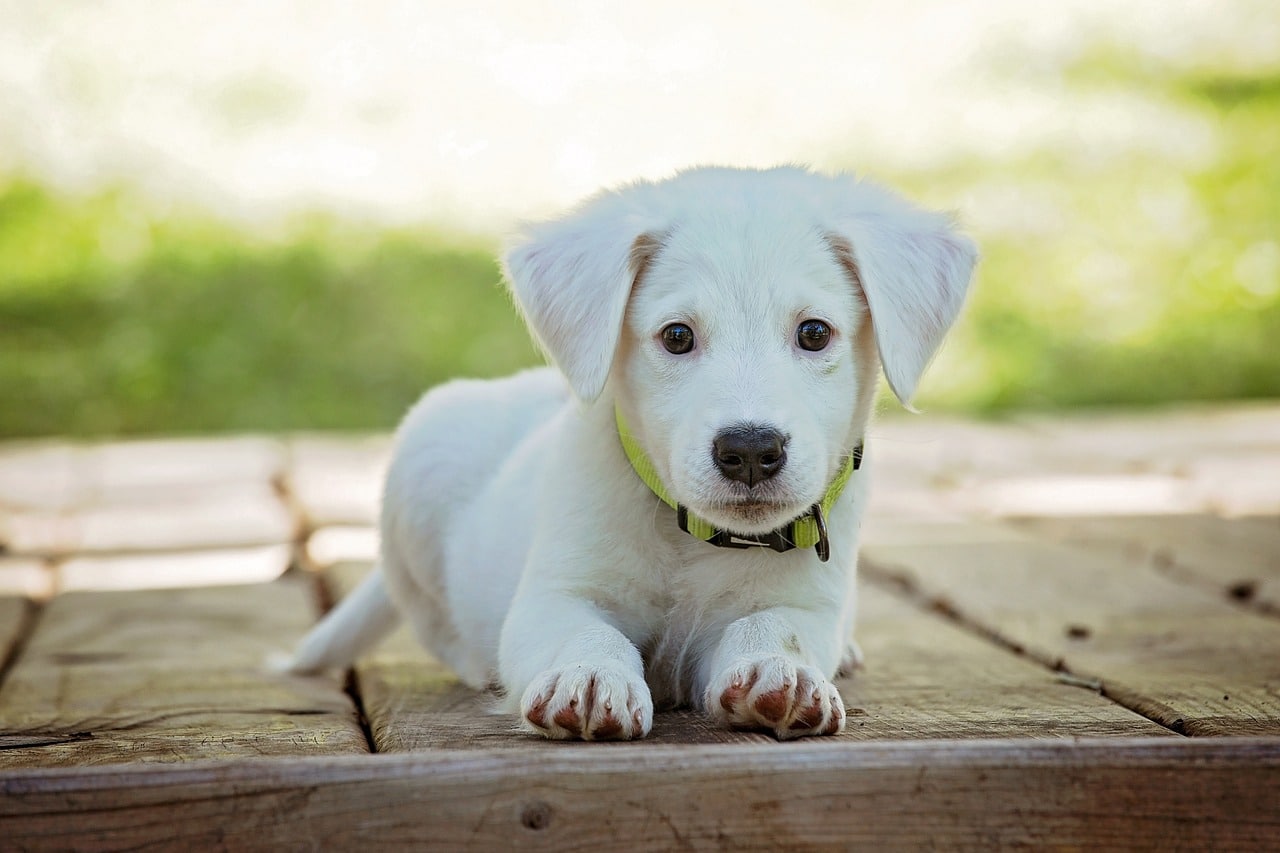 Shutterstock
Shutterstock
Many dogs that dislike getting their paws wet also dislike mud or dirty water. Wet environments often lead to muddy conditions, and some dogs are particularly sensitive to getting dirty. These dogs may avoid puddles, wet grass, or other muddy areas because they dislike the feeling of mud on their paws or the mess it creates. Dogs that are more fastidious about cleanliness may show a stronger aversion to wet paws due to the likelihood of getting dirty in the process.
Sensitivity to Temperature Changes
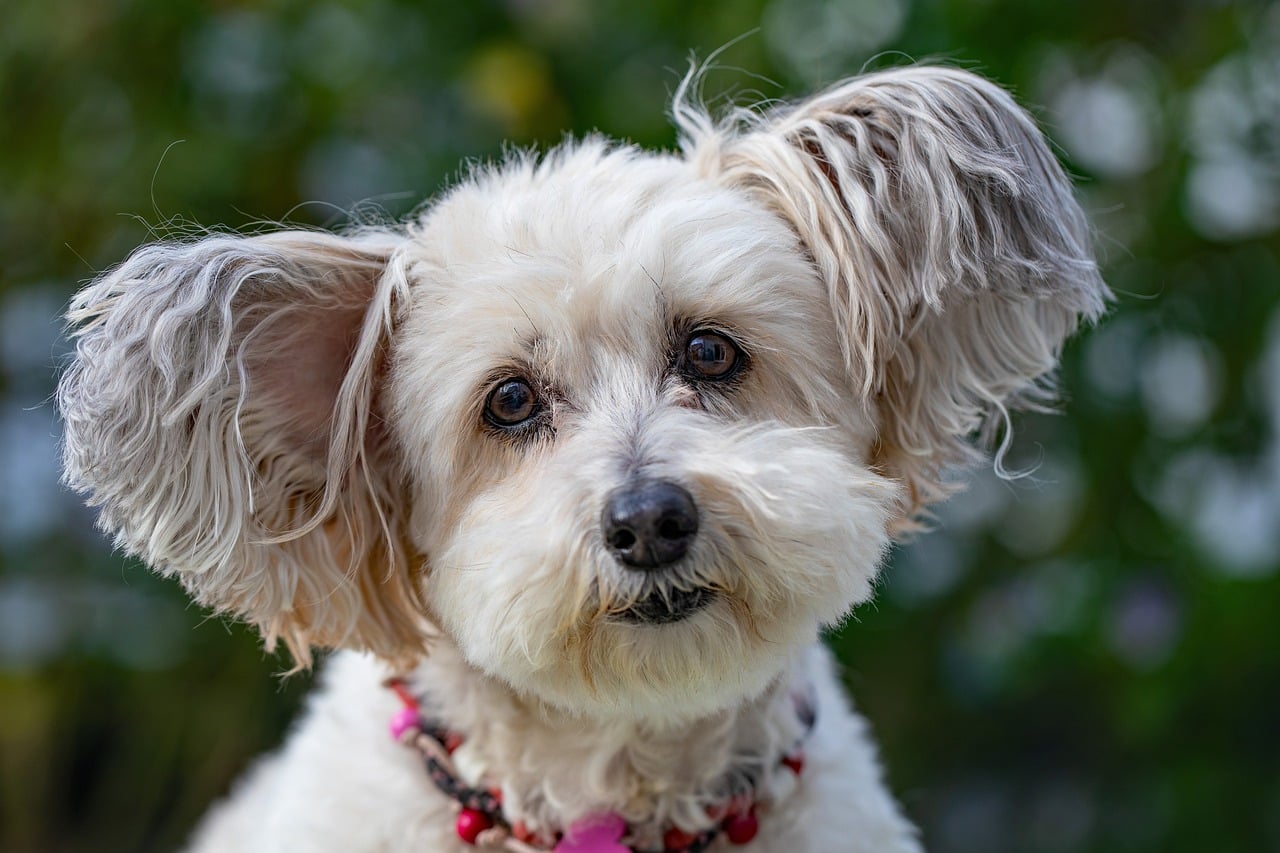 Shutterstock
Shutterstock
Dogs have sensitive paw pads, and sudden changes in temperature can make them uncomfortable. Walking on cold, wet surfaces can cause a noticeable temperature shift in a dog’s body, leading to discomfort. For dogs that are more sensitive to temperature changes, the cold, wet feeling of water on their paws can be unpleasant and cause them to avoid stepping in water. This is especially true for dogs that live in colder climates or are not used to exposure to wet surfaces.
Fear of Unfamiliar Situations
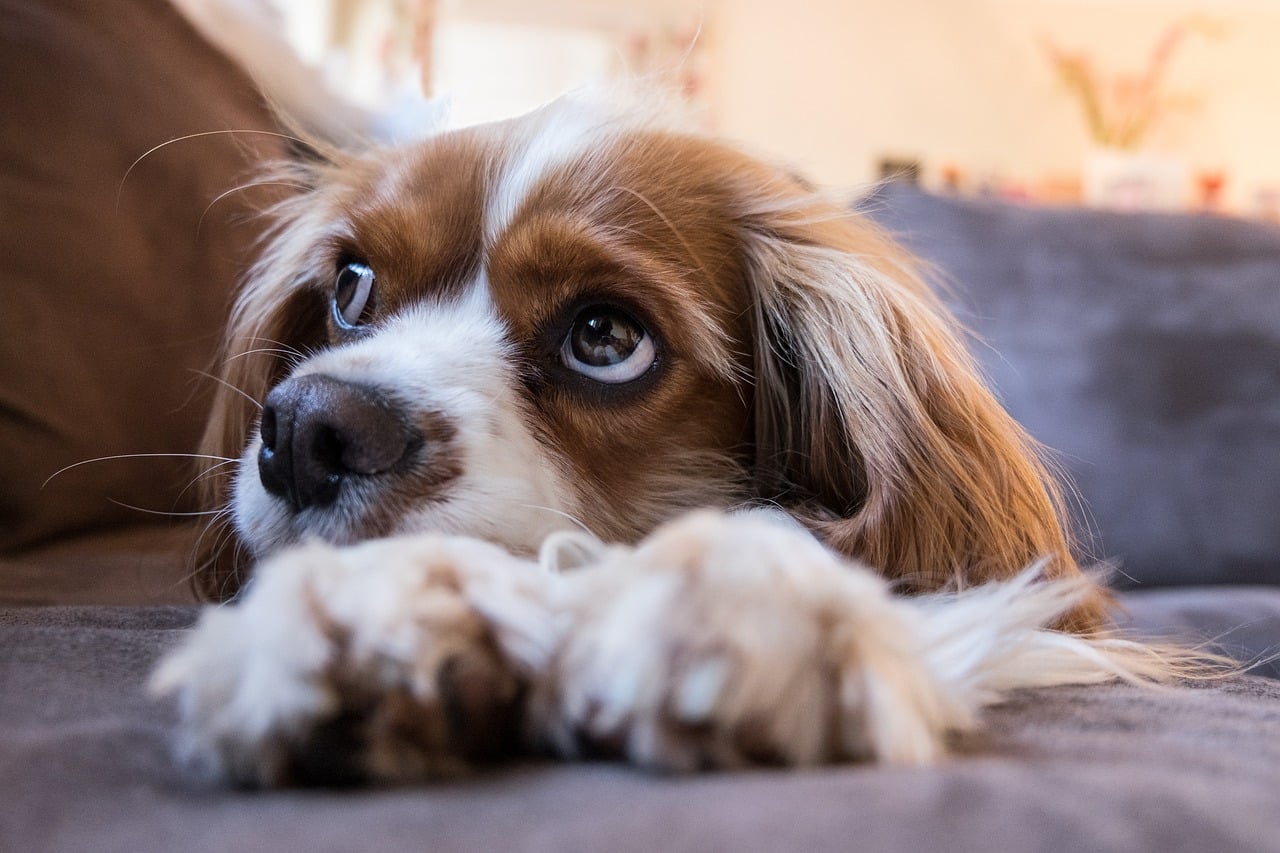 Shutterstock
Shutterstock
Dogs that are naturally cautious or fearful of new experiences may dislike getting their paws wet because it represents an unfamiliar situation. For some dogs, anything new or unusual, such as stepping into a puddle or walking on a wet surface, can trigger anxiety. This is especially true for dogs that have not been properly socialized or have limited exposure to water in their daily lives. Gradual exposure to wet surfaces in a controlled environment can help these dogs feel more comfortable over time.
Poor Past Socialization
 Shutterstock
Shutterstock
Dogs that were not exposed to water or wet environments during their critical socialization period may develop a fear of wet paws as adults. The socialization period, which occurs when dogs are puppies, is a time when they learn to adapt to new experiences and environments. Dogs that were not introduced to water during this time may find it strange or frightening later in life. Introducing water in a positive, gentle way during puppyhood can help prevent fear of wet paws from developing.
Health Conditions
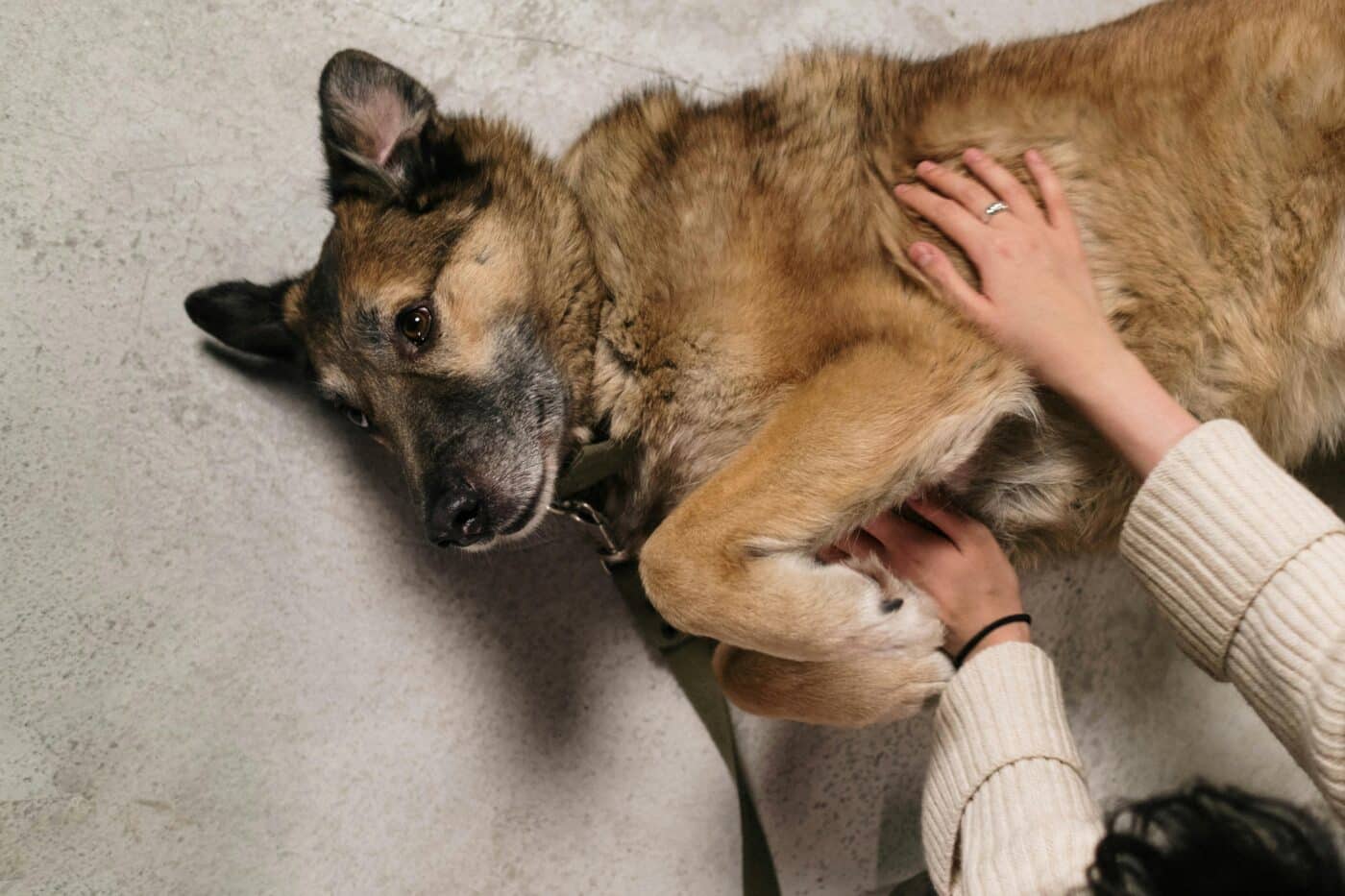 Shutterstock
Shutterstock
Certain health conditions can make dogs more sensitive to getting their paws wet. For example, dogs with arthritis, hip dysplasia, or other joint issues may find it painful or uncomfortable to walk on wet surfaces. Additionally, dogs with skin conditions or allergies may experience irritation when their paws come into contact with water, leading them to avoid getting their paws wet. If your dog suddenly develops an aversion to wet surfaces, it’s important to consult a vet to rule out any underlying health issues.
Dislike of the Sensory Overload
 Shutterstock
Shutterstock
For some dogs, getting their paws wet can cause sensory overload. The combination of the wet sensation, the temperature change, and the tactile experience of walking on a wet surface can be overwhelming for dogs with heightened sensory awareness. These dogs may react by avoiding water altogether, as the experience is simply too much for them to process. Desensitization training can help dogs gradually adjust to the sensation of wet paws in a more manageable way.
Understanding Dogs’ Dislike of Wet Paws
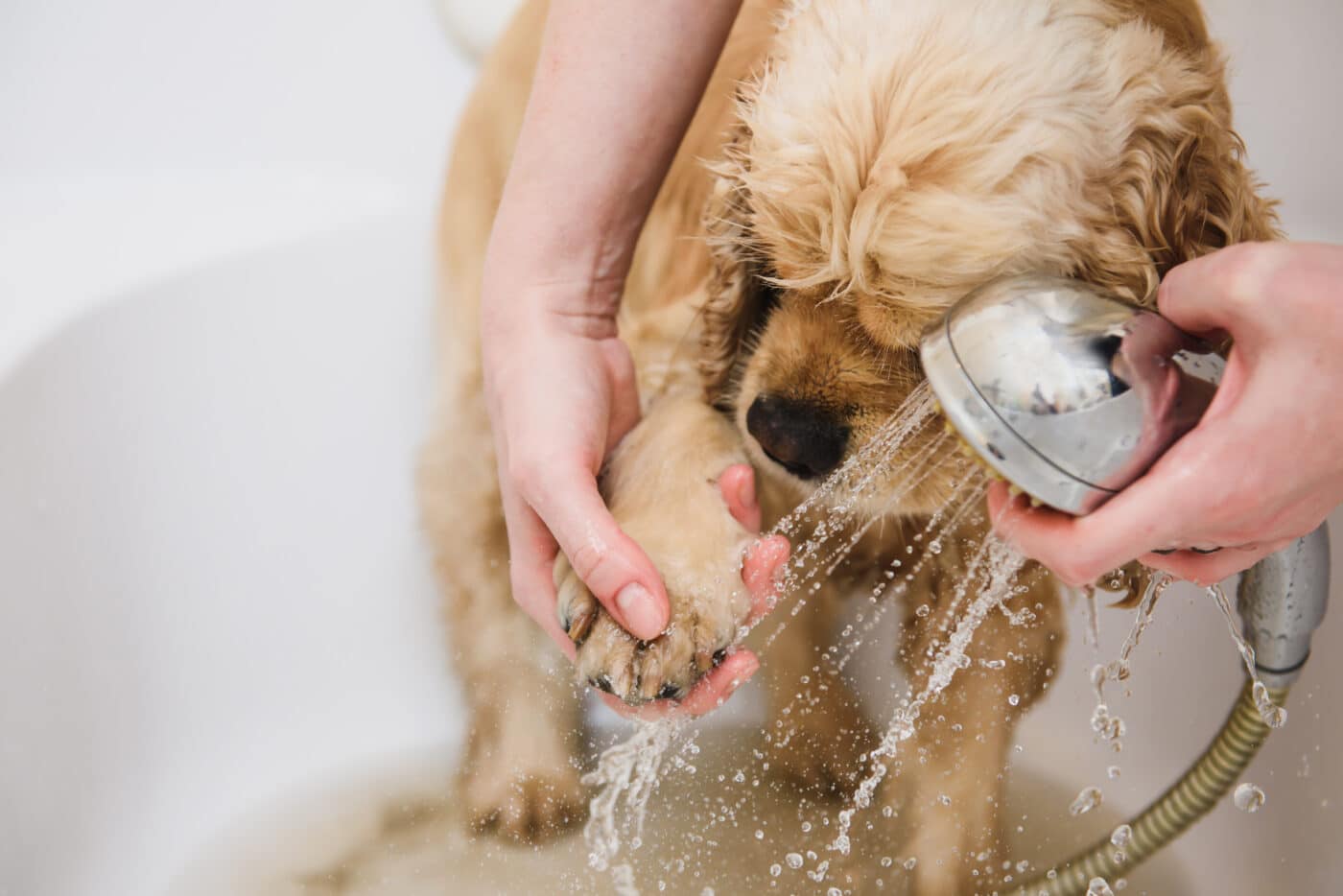 Shutterstock
Shutterstock
Dogs that dislike getting their paws wet may have various reasons for their behavior, from physical discomfort to past negative experiences or breed tendencies. By understanding the underlying causes of this aversion, pet owners can work to alleviate their dog’s discomfort and help them feel more at ease in wet environments. With patience, positive reinforcement, and gradual exposure to water, most dogs can learn to overcome their dislike of wet paws and enjoy a broader range of activities with their owners.
 Toledo, United States.
Toledo, United States.